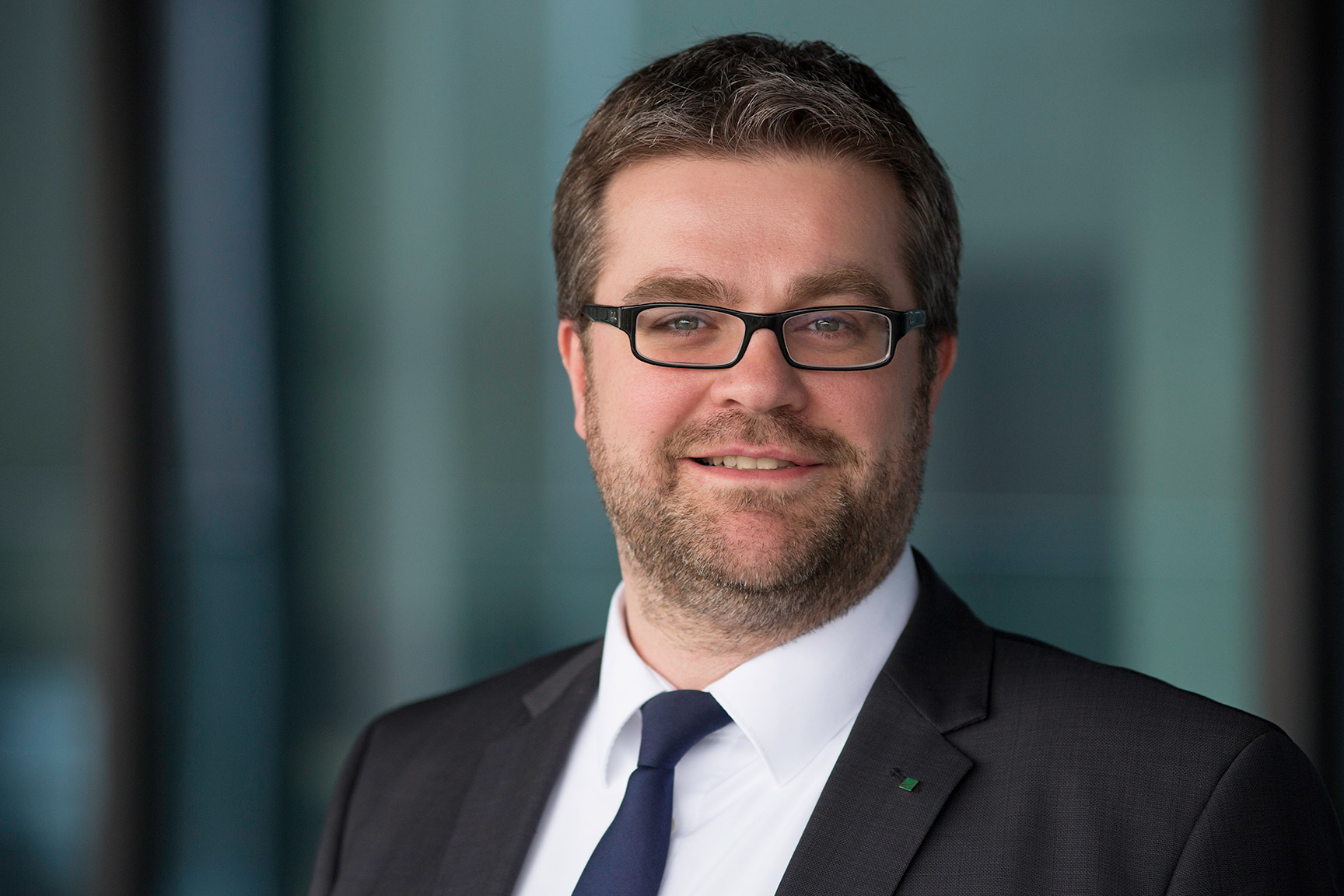The aim of the project is to design a sustainable, climate-friendly headlight and use this example to research how products and raw materials can be used for as long as possible in the sense of a circular economy. Together with Hella, BMW, Covestro and other partners from industry and science, the researchers at Fraunhofer IEM are analysing the entire product life cycle of the headlamp, from material procurement to repairability and recyclability. The linchpin here is an exemplary, digital product twin that makes it possible to determine the CO2 footprint in the shortest possible time. For example, recyclability and the effects of material selection can be evaluated as early as the design phase.
To achieve this, the project team is developing a data-based system model that helps to make the right decisions in the redesign process. Already established methods and proven R strategies are to be transferred to the circular world to support the design process. Tools for cost estimation, life cycle assessments and the critical evaluation of materials originate from the linear world (including the "throwaway economy") and must be brought together, expanded and integrated into an overall system. The data basis is formed by life cycle assessment data such as material and energy requirements in production or utilisation and operating data, which are incorporated into the simulation model and enable a quantitative assessment of the product's life cycle.
 Fraunhofer Institute for Mechatronic Systems Design
Fraunhofer Institute for Mechatronic Systems Design 


